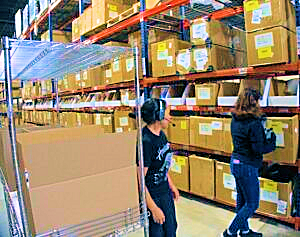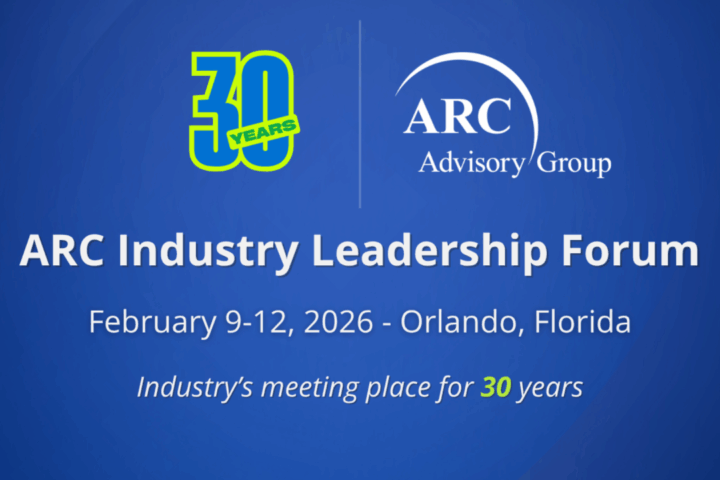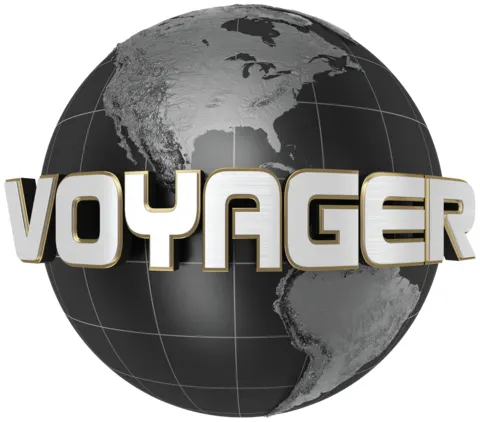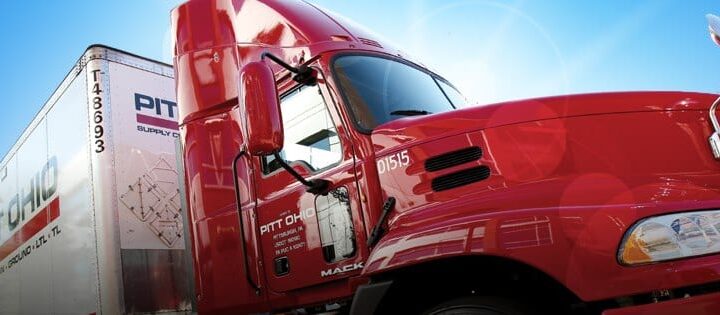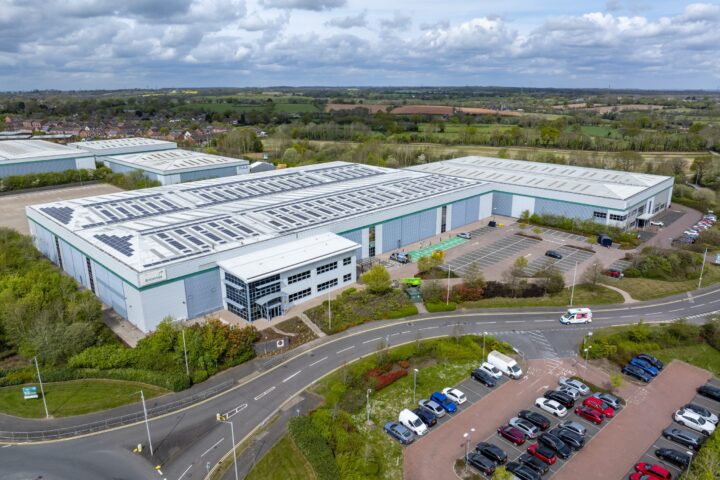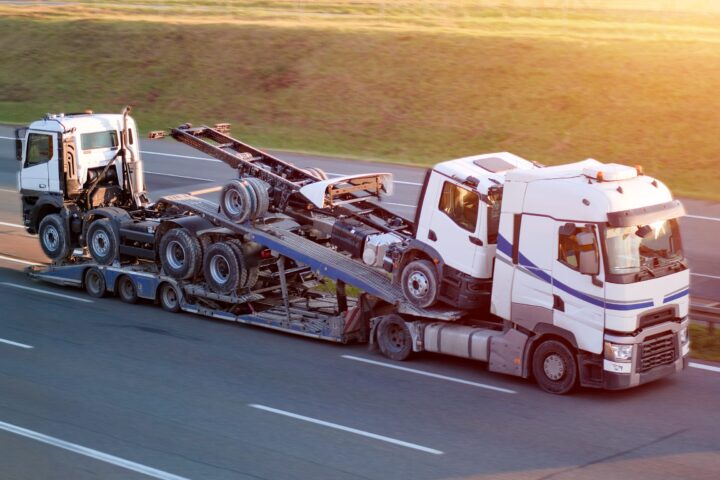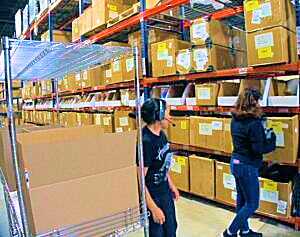
Shipping costs are climbing faster than ever, and they’re hitting profit margins hard. According to a 2024 report by Statista, the global shipping and logistics market has surpassed $11 trillion, with transportation costs making up more than half of total logistics expenses. For U.S. companies, that means every mile, inch, and ounce matters more than ever.
Freight and parcel carriers such as FedEx, UPS, and USPS have adopted dimensional weight (DIM) pricing, meaning you’re charged not just for what a package weighs, but for how much space it takes up. Add fuel surcharges, residential delivery fees, and penalties for oversized packaging, and even small inefficiencies can turn into major budget drains.
The good news? Smart, software-driven optimization tools can dramatically reduce shipping costs without slowing fulfillment speed or sacrificing customer satisfaction. By leveraging data, automation, and integration between warehouse systems, companies can streamline how they pack, plan, and ship orders.
Here are some high-impact ways to optimize your shipping operations and achieve measurable savings.
Pack Smarter with Cartonization Engines
One of the most effective tools for cutting shipping spend is cartonization, to put it simply, the process of determining the best way to pack items into shipping cartons. A cartonization engine uses algorithms to analyze order contents and select the most space-efficient box configuration.
Instead of relying on manual decisions at the packing station, the system calculates how items fit together based on dimensions, weight, stacking rules, and even product fragility. It can simulate literally millions of potential packing combinations in seconds to find the best fit.
For example, an e-commerce apparel retailer might ship orders ranging from a single T-shirt to a mix of shoes, jackets, and accessories. Without cartonization, packers often choose oversized boxes “just to be safe,” resulting in wasted space and higher DIM charges. By using a cartonization engine, the system automatically selects the smallest suitable box while maintaining product protection.
The results speak for themselves. Cartonization can reduce freight costs by 10% to 25%, depending on order complexity and shipping zones. Beyond cost savings, it also improves cube utilization, making sure every cubic inch of trailer space is used efficiently, which is especially critical for high-volume shippers or third-party logistics providers (3PLs).
Eliminate the Cost of “Shipping Air”
Every half-empty box your warehouse sends out is wasted money. When multiplied across hundreds or thousands of daily shipments, the cost of shipping air adds up shockingly fast.
Modern shipping optimization software can prevent this by evaluating product dimensions, fragility, and compatibility to eliminate unnecessary voids, while still ensuring items are well protected. These systems can even recommend alternate packing materials or configurations to minimize filler use.
For instance, a parts distributor might discover through analytics that they’re using filler in 40% of their shipments simply because their packers don’t have smaller boxes available at the workstation. After integrating cartonization with their warehouse software, they reduce filler use by 30% and fit 15% more packages per truckload.
Better space utilization doesn’t just lower costs; it also reduces your carbon footprint. Overpacking and excessive filler materials (bubble wrap, foam, paper) contribute to unnecessary waste and higher emissions. More and more American consumers (and B2B customers) expect sustainability-minded practices from the companies they buy from. Optimizing packaging is a visible, measurable way to demonstrate environmental responsibility while improving efficiency.
According to the Environmental Protection Agency (EPA), packaging waste accounts for nearly 30% of all U.S. municipal solid waste. Eliminating empty space in shipments is one of the most practical ways companies can both save money and support sustainability goals. Amazon’s flexible packaging system, for example, uses machine learning and automation to create paper-based containers that are custom-sized to each order. By tailoring the package to the exact dimensions of the items, Amazon reduces excess material, minimizes shipping air, and lowers transportation costs and environmental impact.
Standardize Carton Sizes with Software Support
At first glance, standardizing carton sizes may sound counterintuitive. After all, doesn’t flexibility mean more options? But when paired with the right software, having a standardized set of box sizes actually improves efficiency across the board.
Warehouse and Transportation Management Systems (WMS and TMS) can analyze historical order data and SKU dimensions to identify the optimal set of box sizes for your specific operation. Instead of stocking dozens of different carton options, you might narrow it down to six or eight sizes that accommodate 95% of your orders.
With fewer box types, packers make faster, more consistent decisions. Training new employees becomes easier, pallet stacking becomes more predictable, and trailer loading improves due to more uniform carton dimensions.
According to the Packaging Machinery Manufacturers Institute (PMMI), using software to standardize and automate box selection can cut packaging costs by 12% to 18%.
The benefits don’t stop there. When cartonization is integrated with your WMS or Warehouse Execution System (WES), it enables optimization far earlier in the fulfillment process—before picking even begins.
Here’s what that looks like in practice:
- Optimized pick paths – Knowing carton sizes ahead of time allows for smarter order grouping and sequencing.
- Improved labor efficiency – Workers pick directly into the correct carton, eliminating re-packing.
- Lower shipping costs – Pre-optimized boxes avoid DIM surcharges and minimize oversized packaging.
- Tighter trailer loading – Accurate carton sizing leads to denser, more efficient shipments.
Making It Work: Integrating Cartonization with Your WMS or WES
As e-commerce and omnichannel fulfillment accelerate, distribution centers are under constant pressure to fulfill faster and cheaper. To meet these demands, leading operations are moving cartonization decisions upstream—into the wave planning stage.
Traditionally, packaging decisions were made late in the process, often at the packing station. By that point, it’s too late to influence earlier stages such as picking, slotting, or trailer planning. When cartonization is integrated with your WMS or WES, the system can use order data to pre-plan the most efficient cartons, routes, and labor assignments.
This shift represents more than just a technical improvement; it can be a strategic transformation. A wholesale distributor in the Northeast United States, implemented cartonization alongside a dynamic work optimization solution and their WMS. The result: optimized packing and shipping, with a 16% reduction in shipping costs; reduced worker travel time, and more than 20% productivity gains.
For many U.S. distribution centers, whether shipping retail goods, industrial parts, or e-commerce orders, the key takeaway is clear. Cartonization pays for itself. By cutting wasted space, standardizing packaging, and optimizing workflows, companies can save money, improve sustainability, and enhance customer satisfaction, all while maintaining or even improving fulfillment speed.
As shipping costs continue to rise and customer expectations grow, integrating cartonization and packing optimization tools is no longer a “nice-to-have.” It’s a core component of smart, resilient logistics operations in 2025 and beyond.
 By Evan Danis, Corporate Marketing Manager, Lucas Systems
By Evan Danis, Corporate Marketing Manager, Lucas Systems
Since March 2022, Evan has led Lucas Systems’ strategic marketing initiatives, overseeing the development of targeted advertising and high-value content for Lucas System. Evan’s responsibilities include driving brand positioning, thought leadership, and customer engagement across digital and physical channels.

